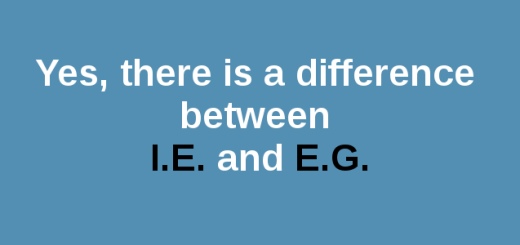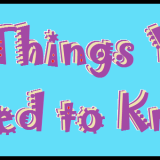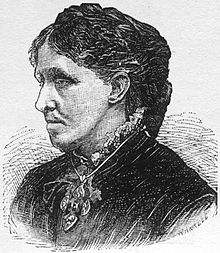Advice Unpacked: Show, Don’t Tell
If there’s one piece of writing advice that’s so often repeated that it’s on the verge of becoming meaningless, ‘show, don’t tell’ would very likely be it. I’m prepared to admit that it’s a piece of advice that I’ve given writers, as clichéd a piece of advice as this statement is, but I think it’s high time that we take a closer look at what ‘show don’t tell’ actually means.
A definition is probably as a good a place to start as any. ‘Telling’ is considerably more straightforward to explain, so let’s look at that. In essence, ‘telling’ usually refers to the use of exposition in writing, or in other words, when the writer is conveying information, explaining something or otherwise writing in a way that tells the reader what is going on. It’s a big part of narration, but not so much action.
Showing, meanwhile, comes in a number of different forms. Often, it’s associated with description, however, it usually has a lot to do with characters’ thoughts, emotions and actions. It’s usually more sensory-driven than telling is, with good ‘showing’ letting the reader interpret and experience what is going on in a text, rather than simply being informed.
In many ways, you could look at ‘telling’ as pertaining to the ‘who’, ‘what’ and ‘when’, whilst arguably, ‘showing’ has more to do with the ‘how’ and ‘why’.
But wait a second – it’s called storytelling, isn’t it? I guess this highlights one of the problems with the oft-quoted adage of ‘show, don’t tell’. Telling has its place. There needs to be some exposition in your story, and quite often you do need to tell your readers what is going on in order to let the plot progress. Telling plays a vital role in allowing the story to move along and ensure that the reader has enough understanding of what’s going on – it’s when there’s too much ‘telling’ that we get a problem.
The threshold between ‘telling’ and ‘info-dumping’ is one that is pretty easy to cross. There’s a fine line, and all too often writers will go too far one way or the other. It takes tinkering, but it’s important to keep in mind that ‘telling’ is not the same as inundating the reader with a thousand plot-relevant details all at once, otherwise known as an info-dump. Often, the response to an info-dump – on the reader/reviewer’s behalf – is to tell the writer to ‘show, not tell’, and as much as this is a valid point, clever, subtle telling is just as important. Show as much as you can, leave out what is irrelevant and whatever information’s left, tell piece by piece. Weave it in amongst the action, so that the reader learns what they need to know without being swamped.
Now, we come to showing. In a lot of writing advice in books and on websites that deal with showing and telling, often they’ll give a sentence or two of ‘telling’ as an example, then a paragraph that ‘shows’ what has been said. The ‘showing’ example is often longer and more detailed, but it’s important not to confuse showing with detail. Giving us more specifics doesn’t automatically make your writing an example of showing – it might very well just turn it into an info-dump, as previously discussed. A better way of looking at ‘showing’ versus ‘telling’ is to think of ‘telling’ as making a statement, then using ‘showing’ to back it up.
‘Showing’ is to a reader what fingerprints on the stolen artifact is to the detective. It’s evidence. It is key to making what you’ve told the reader believable; it’s proving that what you’re saying is true. For example, let’s say that your character Nancy is mean. It’s all well and good to tell the reader that Nancy’s mean, but you also have to back it up. How does she treat people? What does she do to warrant being introduced in this way? Is it just the way she speaks, or in her actions, too? You can tell your reader how awful a person Nancy is as much as you like, but if the reader doesn’t see Nancy acting in a way that supports what you’ve said, they won’t believe it. You have to prove it, through showing.
Sometimes, you can show something without explicitly stating it. If a character is sad, feels uncomfortable, is excited, falls in love and so on and so forth, you don’t ever have to blatantly tell the reader if you can convey it through how they are acting and thinking. Thought processes and reactions are a vital part of showing, and you can present a whole range of states of mind without naming said state of mind if if you write in a way that ‘shows’ how they feel.
While I still believe that ‘show, don’t tell’ is not entirely inaccurate, it certainly doesn’t portray the whole story, so to speak. Telling has to exist. But in order to create a story that readers can connect with, all that telling has to be backed up by plenty of showing. Like with all aspects of writing, there’s no hard-and-fast rule about how much of either you should include, but it’s worth remembering that the two should exist as harmoniously as possible.










